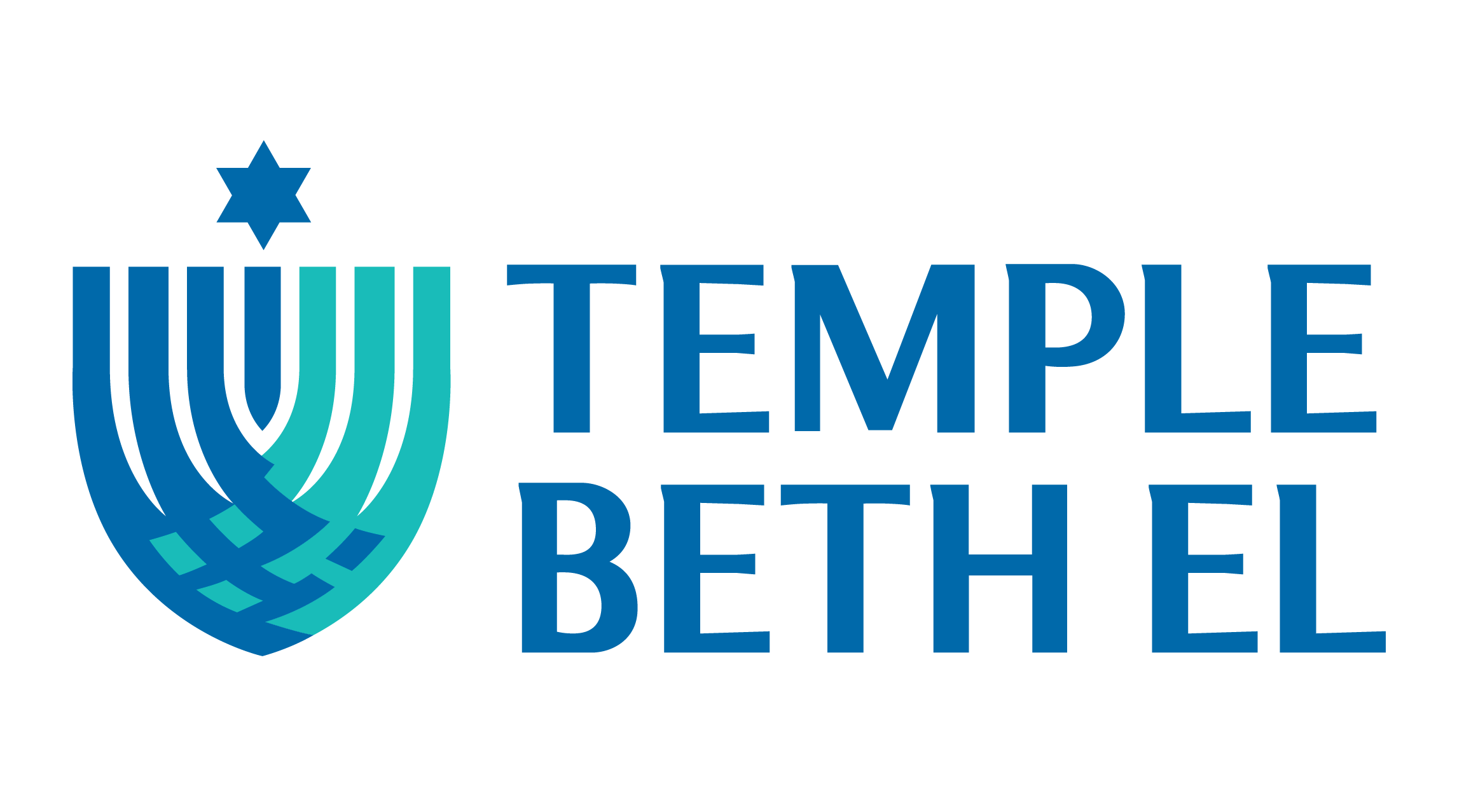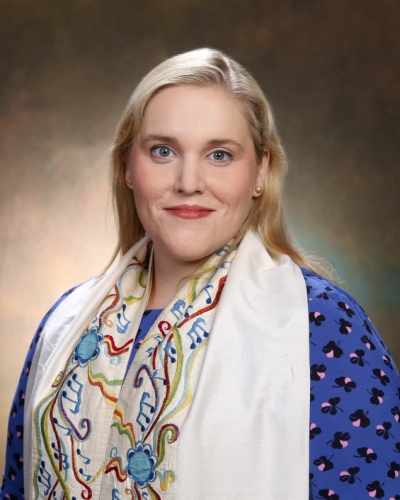Home.
Take a moment and imagine home. Not the home you live in right now or even the home you might dream of for the future, but – home – your childhood home.
Where would you sit again, if you could choose one spot? What color are the walls? What does it smell like? What other textures are there? Who is there with you? What do you talk about? How do you feel?
For me – given the opportunity, I would sit at the kitchen table in the chair closest to the door to the back staircase. I might play with the long, coiled cord of the phone on the wall. I would run my hands on the vinyl table cloth or against the wood paneling on the wall. Across the table would be my grandmother and we would talk early in the morning, like always.
I remember the carpet and the couches and the table where my grandfather did puzzles. I remember the tile in the bathroom and how the side door sometimes stuck. I remembered how it was special to let guests in through the front.
Home.
My grandparents’ house, for me, will always be home. None of the other places I lived as a child or places I have lived since will ever compare to the sense of home that I felt in my grandparents’ house. —And – I can never go back: they are gone and some other family lives there now. Yet, I would return to that place with those people in a heartbeat. I long for home – safe, warm, nurturing – home.
Yet, there are so many who also long for home – not necessarily the home they once knew, as I do, but the home that could be if only their housing were secure. There are those in our community who, despite working two and three jobs, are simply unable to afford appropriate housing for themselves and their families. There are those in our community whose fixed incomes limit their ability to live within neighborhoods where they might feel that deep sense of home. There are those in our community who are not able to obtain a mortgage at the best available interest rate because of the color of their skin or the language that they speak. There are those in our community whose long-established neighborhoods are at threat of having roads literally run through existing backyards or having houses purchased up from around them by predatory developers and gentrification. There are those in our community who do not have access to “home” — and the repercussions of this “root shock” – this fundamental experience of displacement and trauma – are at increased risk for stress-related disease like depression or heart disease and diminished social, emotional, and financial resources.
Each year at Sukkot, we are commanded to dwell in a booth – in a sukkah – a fragile, impermanent hut. Our sukkot are reminders that all of our physical structures are temporary. Sukkot remind us that housing can be destroyed just as readily by a hurricane as by loss of employment or the effects of systemic racism. We dwell in sukkot to remind every cell in our being that we, as Jews, know what it means to go from security to insecurity and back to security again.
God tells Abraham – “lech l’cha mei-artz’cha umimoladt’cha umibeit avicha el ha’aretz asher areka.” Go forth from your home land, from your birthplace, from your parents’ home to the land that I will show to you. And he does. Abraham chooses to move from his home – his place of security and embark toward an unknown and ultimately puts the entire course of our Jewish story in to motion. Everyone deserves the launching pad of a safe and secure home, a launching pad for lives richly and wholly lived; a launching pad for lives that change the narrative and change our world. A launching pad where you can sit with your grandmother and talk about your life.
As we sit at the seder table this year, may we tell our people’s story surrounded by friends and family. Tell the story of moving from hardship to freedom, from oppression to opportunity in the loving embrace of community. And from our freedom, our agency, our privilege, may we be inspired to find the strength and the partners needed to do the good work necessary so that all will have an opportunity to know – home.




